Let’s get this out of the way up front: I was wrong about St. Louis. Like, very wrong. Coming into MLS without proven Designated Players or even a particularly strong set of domestic, MLS-based players, I thought St. Louis City SC would struggle in their first-ever MLS season. When I say “struggle”, I mean the bottom of the West kind of “struggle”.
But I was wrong.
Nothing about what we’ve seen from St. Louis on the field so far in their expansion season makes them look like a bottom-feeder in MLS.
Manager Bradley Carnell’s team has been cohesive and effective in 2023. They’ve created more chances than most teams in MLS — and they’ve conceded fewer chances than they’ve created. Their DPs look like difference-makers. Their domestic and MLS-based players have looked far better than they did on past teams. And, most importantly, they’re winning games left and right. All of those factors have combined to help St. Louis rack up 12 points in the first four games of the season. That’s a record-breaking statistic: no other expansion team has ever won four straight games to start the year.
Here’s what’s made St. Louis into such a success in their first month on the field in MLS...and why it probably won't last.
Know what you want
St. Louis want to press. They shouted that from the rooftops before the season even started.
“Our model relies on the unit, the collective nature of what we do together,” Carnell said in an interview with The Athletic in preseason. “We hunt together, we press together, and we score goals together. Our first line of defenders is the attackers, so their first trigger sets the tone for the rest of the group to follow.”
After that quote, Carnell went on to talk about players who embody his team’s approach. In doing so, he didn’t lead with one of his DPs, Eduard Lowen and Joao Klauss, or with his Champions League veteran goalkeeper Roman Burki. No, Carnell led with Tim Parker, a 30-year-old bruising American center back whose best years came with the up-tempo New York Red Bulls.
Carnell and sporting director Lutz Pfannenstiel know what they want. They’re after hard-working, mostly low-budget attackers, not flashy, roaming attacking stars. For the club’s front office and ownership, there’s a real benefit to that. A commitment to a pressing approach puts an emphasis on traditional athleticism in many positions, which is cheaper to acquire than skill. St. Louis have some of both, of course, but they’re further towards the speed and strength end of the spectrum than not.
St. Louis talked up their pressing approach. Then they acquired undervalued MLS talent and under-the-radar DPs to play in it. Now we’re seeing things unfold on the field exactly how Carnell said they would.
MLS’s newest team presses more than all but one other club. According to Opta, their passes per defensive action (PPDA) is sitting at 8.2. That's the second lowest figure in the league and it means St. Louis only allow their opponents to pass the ball roughly eight times before they step in to break things up.
That commitment to high-energy defending has clearly paid dividends, largely on the attacking side.
No team in MLS has created more shots (10) or goals (2) after forcing a turnover high up the field than St. Louis, per Opta. While they’ve allowed the 13th most non-penalty expected goals per 90 minutes in MLS, they’re also averaging the fourth most non-penalty xG in the league, according to FBref. Pressing is always a high-risk, high-reward proposition. It can leave you exposed, but when used in tandem with some effective attackers (like Lowen and Klauss in particular seem to be), it can also help you create clean chances.
So far for St. Louis, the reward has been more than worth the risk.
Analyzing the press
We know St. Louis press. But what does their press actually look like? And how does it help them create goals? Carnell’s press almost always comes out of a 4-2-2-2 shape. Fundamentally, it’s designed to…
- Apply pressure to the opposing center backs with two forwards
- Crowd the middle of the field with narrow wingers and aggressive central midfielders
- Force the ball wide, where they can trap their opponents with some combination of the ball-side fullback, winger, and central midfielder
Here’s a look at how St. Louis like to structure their press to force the ball wide, with their strikers starting narrow and wingers pinched inside to deny central passing options.
St. Louis move as a unit, have a good grasp of their angles and distances, and close down the ball with intensity. Sure, they’ve had a number of bounces and mistakes go their way through four games this year. But those mistakes don’t entirely boil down to fortune. With their chaos-inducing, aggressive system, St. Louis are better positioned to force and take advantage of mistakes than most teams.
Playing against them looks miserable. I mean, it looks truly, truly awful.
On this play against San Jose, the Quakes actually do a good job of creating a wide overload. They’re one clean touch and pass away from breaking free and attacking into space, but left back Carlos Akapo succumbs to the pressure and lets a simple back pass fall right to Klauss for a shot. It's challenging, both mentally and physically, to play through this level of pressure.
— _ (@21LBRB) March 22, 2023
Opposing teams have found some success playing around the press and through St. Louis’ lower defensive blocks — the xG numbers we touched on up above make that clear. But on the whole, St. Louis’s transition-heavy approach has been an asset.
Taking the inside track
When you’re building a team from scratch — or even building a preseason plan for an existing team — some skills come more quickly than others.
It’s almost always easier to destroy than to create in soccer, and that same idea applies to developing a game-model early in the year. For coaches, it takes less time to develop defensive principles than it does to develop detailed attacking patterns and possession ideas. It usually takes a large chunk of the season for attacking teams to really get their feet under them. You can see that when you watch games and you can see it in the data, too.
Looking at the numbers from Second Spectrum and dividing both the 2021 and 2022 seasons into fifths, it took until the third fifth of both of those seasons for xG per game to reach its peak. It takes time to remember how to create chances.
So while their opponents are trying to develop complex attacking ideas focused on taking the ball from one end of the field to the other, St. Louis’ plan cuts out that messy possession stuff. They want to do most of their work without the ball before winning it as high up the field as possible. At this point in the season, St. Louis’ press is simply stronger and more well-drilled than their opponents’ buildup play. They’re overwhelming teams like Austin FC, Charlotte FC, and the San Jose Earthquakes (who all want to build from the back and play with the ball) with wave after wave of pressure.
St. Louis have leaned into the defensive side of the game and, in doing so, have jumped out to a faster start than anyone in MLS. Their five point lead at the top of the West and a nine point cushion above the playoff line is a huge advantage.
The dreaded drop
I know what you’re thinking. Joe, if pressing like crazy was such a hack, why isn’t everyone doing it?
The answer is simple. It’s pretty much impossible to sustain high-level pressing for a full season. It doesn’t happen in MLS, that’s for sure.
Teams get tired. Players get tired and get hurt. Ball-dominant teams get sharper on the ball, which limits pressing’s effectiveness. American Soccer Analysis found that every single MLS team was pressing less in July of last season than they were in May of last season. All of them. Expanding that analysis to look at both of the last two MLS seasons, Second Spectrum’s pressing data shows that there was a dip in pressing frequency after the opening stages of both 2021 and 2022.
For St. Louis, it isn’t a matter of if they'll be forced to become a little more pragmatic as the year continues and the summer gets closer. It’s a matter of when.
So when Carnell and Co. start letting their opponents pass the ball around for more than eight passes at a time, they’ll have to face a whole set of new questions. How strong is their mid-block defensive structure? Can they develop effective possession patterns? Are their players skilled enough to create consistent, high-level chances when they have to actually use the ball? The answers to those questions could be “super strong”, “absolutely”, and “#LowenAndKlauss4ever”. Or, they could be “not good”, “not really”, and “Roberto Firmino, please come save us”.
If I had to guess, the actual truth will be somewhere between those two extremes. Most things are, including what we should expect from St. Louis over the course of this whole season.
Their floor is much higher than a number of teams in MLS — early points, better-than-expected production from their DPs, and a cohesive identity have seen to that. But with opposing teams getting sharper every week and with a pressing regression coming, their ceiling is almost certainly lower than the most talented teams in MLS.
It isn’t likely to last, but what St. Louis City have accomplished so far this season is truly special.


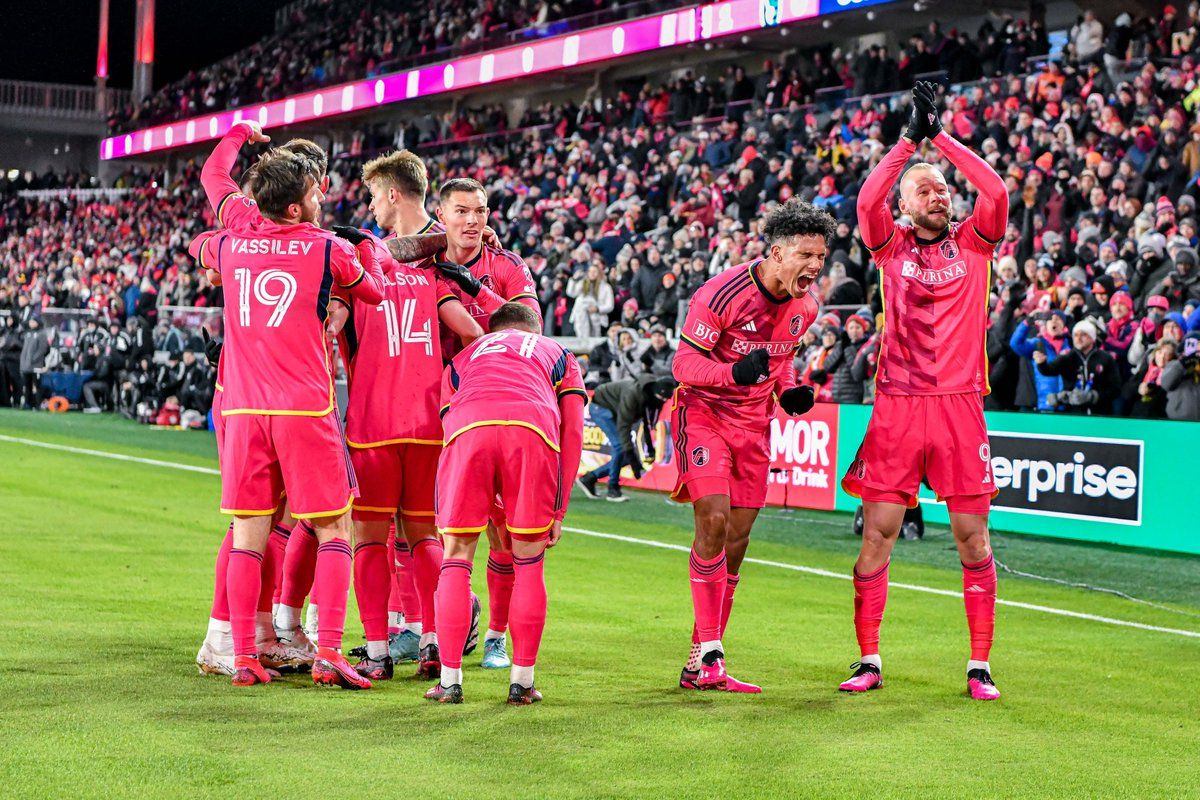
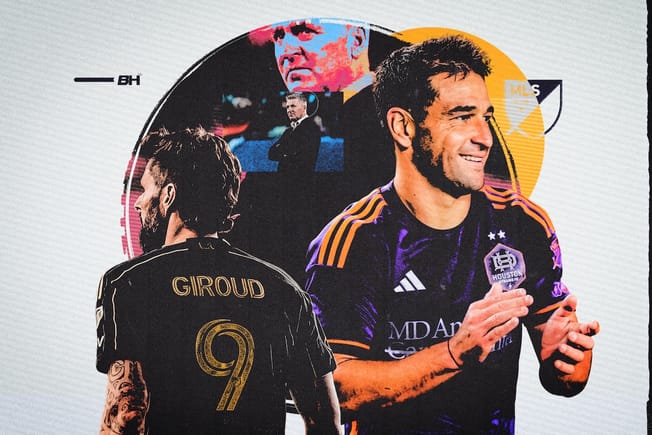
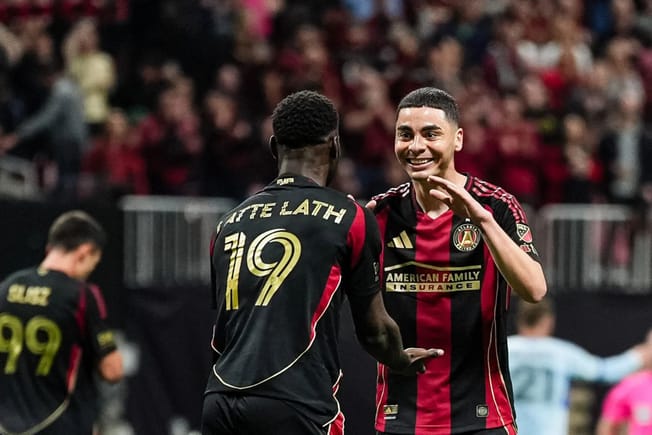
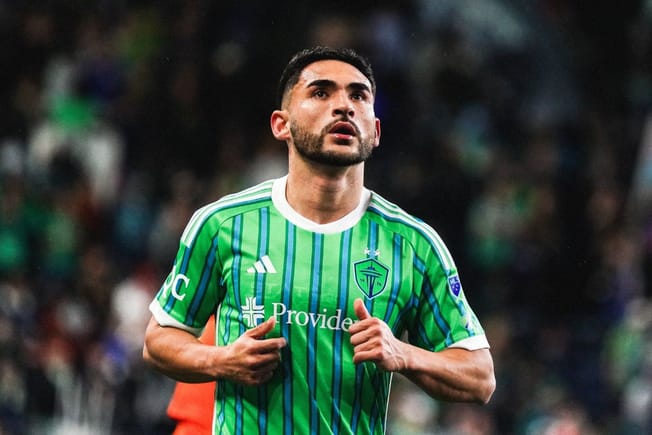
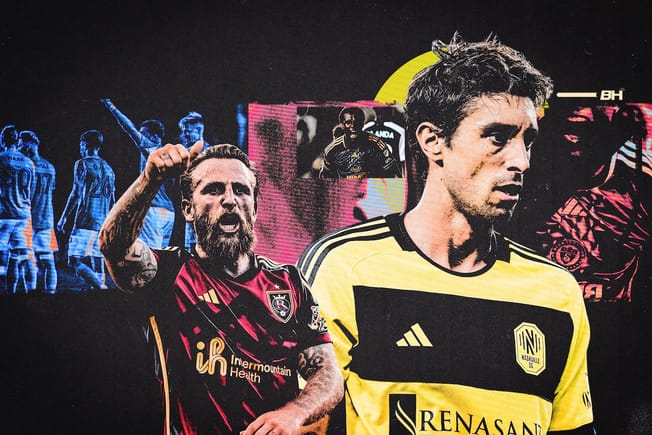
Comments